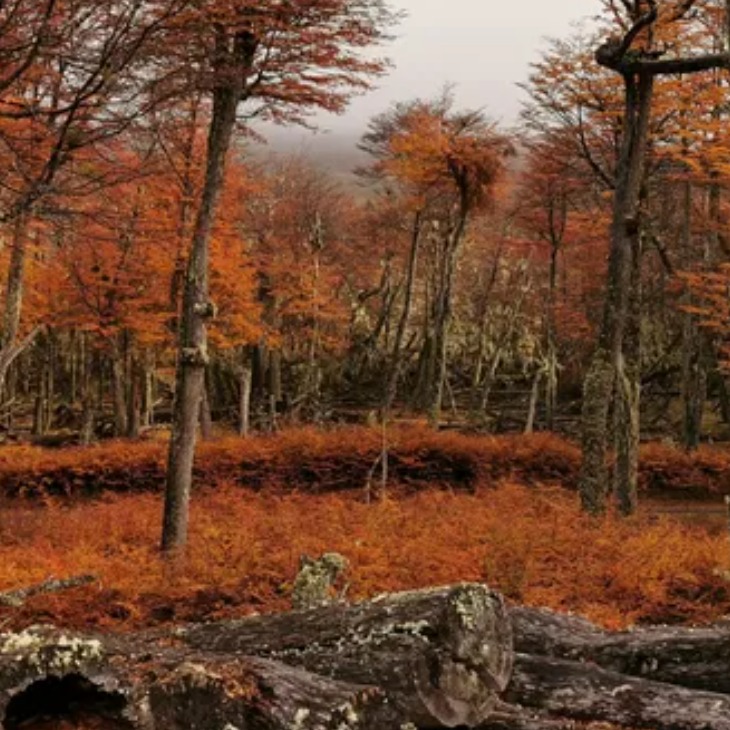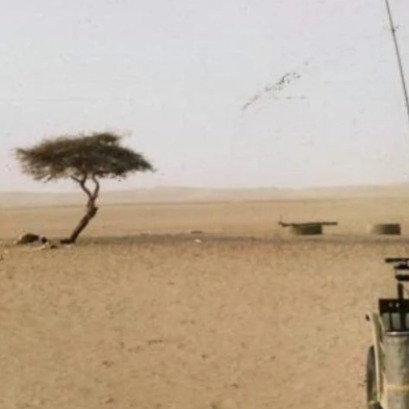
One of the oldest trees in Patagonia, in danger of disappearing
An Argentine scientific team demonstrated how the temperature increase affects one of the most emblematic trees in Patagonia for the end of this century, climatic models predict that the temperatures of the high areas of the Patagonian mountains will be similar to those that the valleys and lakes of lower altitude have today. Given this scenario, a Conicet research team set out to evaluate the possibilities of adapting the lenga (Nothofagus pumilio), a typical tree species of the high regions of the northern Patagonia and fundamental for the Andean ecosystem.
A key issue is to understand how the increase in temperatures will affect the roads that regulate the expression of ecologically relevant characters in the trees that form the forests, explained Dr. Verónica Arana, of the Institute of Forest and Agricultural Research of Bariloche (IFAB), in an article published in the New Phytologist. circadian watches of plants. As in humans, these watches function as an internal pacemaker that adjusts biological processes to environmental cycles. However, until now it was not clear how the temperature influenced its functioning and plant behavior within natural ecosystems. A laboratory study and in the forest the team of researchers, led by Arana and with the participation of doctors Maximilian Estravis-Barcala and Marcelo Yanovsky, compared the behavior of two species: the slong, characteristic of cold and high areas obliqua), which lives in lower and warm regions. To evaluate the operation of circadian watches, they conducted experiments in controlled laboratory conditions, where they analyzed the expression of circadian clock genes in seedlings exposed to different temperatures and light conditions. In addition, they brought seedlings of both species to different altitudes in the mountain (680 and 1340 meters), where they left them for a month and took periodic samples of leaves every three hours for two consecutive days. Finally, at the close of the season, they analyzed the growth and mortality of the plants in each environment. Results worrying experiments showed that the circadian clock of the Pellín oak, adapted to warm climates, maintained its operation in both environments. Instead, the one of the Lenga was affected when exposed to higher temperatures. This translated into a greater mortality of the lenga in the warm areas, which suggests that the species could face difficulties in regenerating in the future marked by global warming. The loss of circadian clock function was associated with a greater mortality of the specimens, Arana explained. Since climatic models estimate that by the end of this century temperatures in the high areas of the forest will be similar to the current ones in the low zone, the lenga could show serious difficulties in regenerating, at least in northern Patagonia. A path to conservation so well the findings are worrying, they also open new opportunities for research and conservation. The identification of the circadian clock genes in these trees, something that was unknown until now, and the study of their behavior in temperature response, constitute the first pillars for future adaptation strategies, Arana said. One of the teams objectives is to identify genetic variants that provide stability to the circadian clock at high temperatures, which could help select more heat resistant specimens. In this sense, the research group works on the development of biotechnological lines of plants within the framework of the INTA biotechnology program. However, cuts in research financing could hinder these advances. We had the financing of scientific and technological research projects (PICTS) of the National Research Promotion Agency, but they are currently detained, lamented the scientist. The study puts on the table the urgency of addressing the challenges of climate change from scientific research and the conservation of key species in Patagonian ecosystems. The Lenga, a symbol of the Andean forests, could face an uncertain future if no measures are taken on time.
IT MAY INTEREST YOU
 Missions | The traditional National Wood Festival in November celebrates four decades of a popular gathering in San Vicente
Missions | The traditional National Wood Festival in November celebrates four decades of a popular gathering in San Vicente
The official announcement of the 4�th San Vicente National Wood Festival was made this Tuesday by the governor of Misiones, Hugo Passalacqua. The cultural and festive event will take place from November 5 to 9 at the Verón Gallardo Sports Center in San Vicente, Misiones, to celebrate four decades of history. The San Vicente National Wood Festival is a popular meeting point for the agroforestry and commercial community in the Alto Uruguay area, and is an opportunity for the forestry-industrial chain to expose its development and services. The festival includes cultural, artistic and economic promotion activities.
 Currents | Las Marías invests 8 million dollars to modernize its sawmill in Virasoro
Currents | Las Marías invests 8 million dollars to modernize its sawmill in Virasoro
The traditional company from Corrientes is moving forward with a million-dollar investment to completely renew its forestry-industrial plant. The new European line, fully automated, will increase productive performance and position the sawmill among the most modern in the country.
 The only tree in the middle of the Sahara desert that was vital for commercial and military routes
The only tree in the middle of the Sahara desert that was vital for commercial and military routes
The Ténéré Tree, a solitary acacia in the Sahara desert, became for centuries a beacon of life and reference for travelers In the vast Sahara desert, where aridity and silence dominate the landscape, there was a tree that stood alone, being a beacon of life and hope for travelers.





















